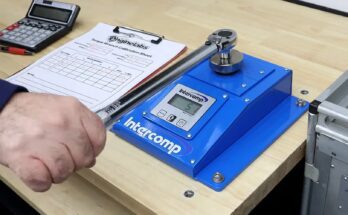TR: What were you thinking when you woke up this morning?
Bancel: I am an early riser and I went to do some sports. I was thinking mostly about manufacturing and how we scale manufacturing. As the CEO I am always thinking about the next game, and the next game is manufacturing. This is a big week at the FDA. But I am not worried about the EUA [emergency-use authorization], because the data is the data. I am worried about making more product.
When did you first believe this vaccine was going to work?
I thought so back in May, when we saw very high levels of neutralizing antibodies in all the early trial participants. We knew from animal experiments that the antibodies are the best indicator of future efficacy.
The vaccine works great–but it’s disappointing there isn’t enough for everyone, in the US or in the world. Why is that?
This was anticipated all along. There was never going to be enough of any one vaccine for the planet. What is remarkable is that 11 months since the DNA sequence of the virus became available, you will have two approved mRNA vaccines, which has never happened before with any technology. That is amazing, but this has never been a commercial technology before. No one has a factory sitting idle able to make 1 or 2 billion doses a year.
What is the bottleneck? Is it the raw materials or the equipment?
At the end of the day, it’s a new technology. Imagine the people making cars in the 1920s. If someone had said “I want a billion cars,” the answer would have been “What are you talking about?” None of us were ready because no mRNA vaccines have been approved before, but now we are building the infrastructure to make a billion doses.
Anthony Fauci, the director of the National Institute of Allergy and Infectious Diseases, said last week that this vaccine was “developed” by the NIH. That it’s their invention. What do you think of that?
The vaccine technology was developed by Moderna. What we have done for a period of time is to send them products to try with different viruses. In this case, for the mRNA design, we had two teams working in parallel, to increase the chances. When the coronavirus sequence was put online in January, we had a meeting with them 48 hours later. And both teams, NIH and Moderna, had come to the same design.


